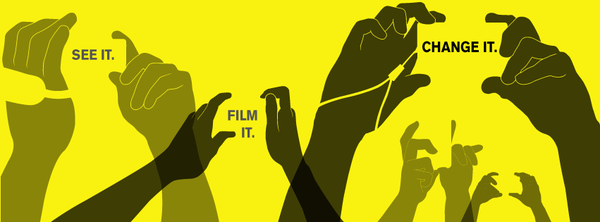Julia Powell, ITPC’s Strategic Communications Lead, explains why ITPC is exploring Participatory Communications
Over this week and next ITPC and the AIDS and Rights Alliance of Southern Africa (ARASA) are running two intensive ‘Video for Change’ training courses for leaders and activists of key population* networks in Malawi and Botswana. ‘Video for Change’ is the use of film to bring about change in attitudes, behavior and policies. It is one of many approaches under the broad banner of Participatory Communications.
Responsible for communications at ITPC, I am excited about the potential of Participatory Communications for ITPC’s work. It is a natural extension of our rights-based HIV treatment education and advocacy activities. If successful, it can help communities advocate more effectively for their right to optimal HIV treatment.
What is Participatory Communications?
 Participatory Communications helps communities create visual communications including video, photography and digital stories to bring about the change they want to see. The term ‘Video for Change’ itself was coined by WITNESS, the NGO which is providing our training. We dipped our toe into Video for Change last year, when Isabelle Mbaye from WITNESS, ran a one day training for us in Zambia.
Participatory Communications helps communities create visual communications including video, photography and digital stories to bring about the change they want to see. The term ‘Video for Change’ itself was coined by WITNESS, the NGO which is providing our training. We dipped our toe into Video for Change last year, when Isabelle Mbaye from WITNESS, ran a one day training for us in Zambia.
Participatory Communications is particularly relevant for key populations, given the persecution and criminalization they often face. It gives communities more control over their message, the stories they want to tell and the images they want to share.
So how does participatory communications differ from traditional communications? In participatory communications the group affected by an issue creates the communication product themselves. In some cases, they are supported by trusted organizations close to them. Here are some key differences between the two approaches:
Different Characteristics of two Communications Approaches
| NGO Traditional Communications | Participatory Communications |
| The goal is determined by the international or national NGO. | The goal is determined by the community or group of individuals. |
| The communication products are created by communication professionals and companies that specialize in film, photography and digital media. | The communication products are created by the community or group of individuals affected by the issue. |
| The community is engaged to identify possible ‘characters’ to help tell a story. | The process draws on the agency of the communities, to tell their own stories. |
| The capacity of the communication professionals is strengthened, and/or they gain more experience. | The capacity of the community is strengthened. |
| The final communication products may be high quality, but not necessarily. | The final communication products may be less technically accomplished. |
Over the next two weeks, we will be running 3 days of training in two countries, Malawi and Botswana. The training is for eight national networks involved in the Key Population Financing Program, which is led by ARASA and ITPC.
In 2015, the program supported national key population networks in three countries to improve their representation on national bodies, and increase budgets for HIV interventions that target their communities. For example, the partners in Malawi secured a bigger portion of the Global Fund pie and for the first time in Tanzania key populations were represented on the national coordinating mechanism.
In 2016, the partners plan to strengthen key population advocacy and monitoring of increased investment in HIV and TB interventions, that improve the health and rights of people living with HIV and key populations. I hope ‘Video for Change’ will be a powerful tool to help them do this.
Footnote
*Key populations (KP) include sex workers, people who use drugs, men who have sex with men (MSM), and Lesbian, Gay, Bisexual, Transgender and Intersex (LGBTI) people.
